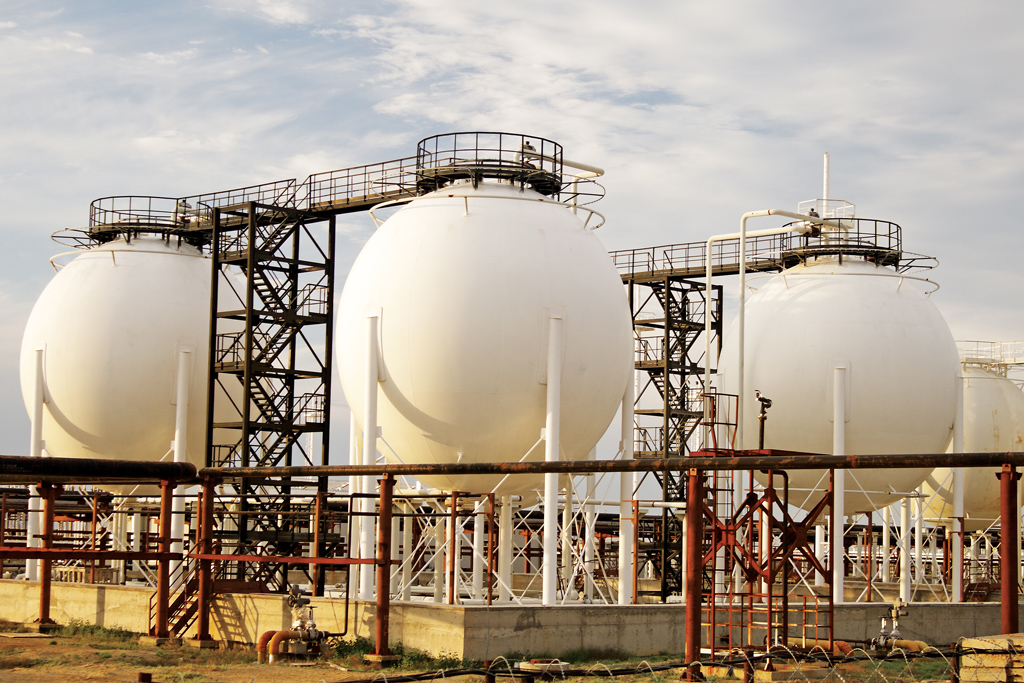
The White House announced recently a new goal to reduce methane emissions from oil and gas producers by 40%-45% by 2025. This is in response to increased production of fossil fuels in the United States and a forecasted rise of 25% in methane emissions from oil and gas producers by 2025. Further, methane is 25 times more potent at trapping heat in the atmosphere than carbon dioxide, contributing to climate change.
At this time, the EPA has not released specifics on how it would regulate the current oil and gas producers in order to reduce methane emissions. The EPA is expected to release details later this year and that would be followed by a public comment period of 30 to 90 days. Only after the final order has been issued will the new regulation take place. These new regulations will likely take effect in 2017 at the earliest.
According to the EPA, 29% of all methane emissions come from the oil and gas industry. The rest come from agricultural activities, landfills, coal mining and other sources (see figure 1). When producing natural gas there are many parts of the value chain that produces methane emissions. Figure 2 shows the major sources of fugitive methane emissions from oil and gas production activities. The largest share comes from clean-up after well completions. When flowback water reaches the surface it contains methane and it is either captured or released into the atmosphere. The next largest share comes from fugitive emissions. These are leaks in the gas producing system that allow methane to enter the atmosphere. Pneumatic controllers can also be a source of methane emissions. Reciprocating compressors also leak methane when pumping gas from the well. Furthermore, methane can be emitted through compressor wet seals, through the pipeline itself, and when tanks are vented.

Figure 2; share of oil and gas methane emissions by source from NRDC
New technologies and additional equipment that has long been available offer ways to reduce methane emissions during the production of oil and gas. Approximately 73% of emissions can be addressed through either using green completions or by having proper maintenance. Currently, about half of all fracking wells use green completions technology to capture methane during the drilling process. Green completions capture methane from flowback water once it reaches the surface. The bulk of emissions come during and after well completions. Increased use of green completions as well as further implementation of emission reducing equipment have led to methane emissions being reduced by 16% since 1990. In the same time frame, overall natural gas production increased 37% in the United States.
Assuming that the regulations are implemented in early 2017, how does this affect producers? In order to comply with the new regulations producers would either have to retrofit or replace their current equipment. Studies done by both private companies and the EPA estimate the cost of green completion technology to be between $12,300 and $18,500 per well. This cost depends on the location and the size of the well, the type of equipment used and the extent of the regulations. Accounting for the value of methane captured, payback periods range from 2 to 12 months assuming a nominal rate of return. Even so, these proposed regulations have come soon after the collapse of oil and gas prices, which may play a role in their implementation and adoption.
-Tyler Wilson and Uday Turaga





















[…] new regulations regarding methane emissions from oil and gas producers, which we have previously discussed. New technologies will play a pivotal role in meeting these new and future […]